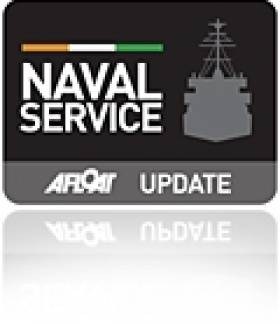Displaying items by tag: Irish Air Corps helicopters
Air Corps Crew Spot 'Humpback' or 'Blue' Whales off Ireland's West Coast
The sighting, initially believed to be Humpbacks, may in fact be Blue Whales and the Irish Whale and Dolphin Group has been asked to confirm the species photographed by the Air Corps off the West coast at the weekend.
To date 24 species of the world's whales and dolphins have been recorded in Irish waters.
Comment on Twitter and facebook as follows:
@AfloatMagazine Looks like Blue whales, what a find! Well done 101 squadron.
— Baltimore Sea Safari (@BaltimoreSafari) September 13, 2015
It looks like Irish Air Corps 101 squadron found Blue Whales off the west coast of Ireland over the weekend. Photos @IrishAirCorps Twitter account.
Posted by Baltimore Whale and Dolphin Watch on Monday, 14 September 2015
@AfloatMagazine Blue certainly
— Baltimore WhaleWatch (@BaltimoreWhale) September 14, 2015The operation was spearheaded by the ARW with the support of a Naval Service coastal patrol vessel (CPV) and also Air Corps helicopters. High-speed tactical assault craft with ARW teams on board conducted manoeuvres while air-borne teams fast-roped from helicopters onto the deck of the Stena Adventurer. To see photos of the ARW team in action click HERE.
The exercise was designed to enhance the capacity of the Defence Forces to provide the State with a highly specialised maritime armed intervention capability.
Last month the Naval Service conducted close quarter manoeuvres in 'Operation Quixote' off the south-west coast. The exercise involved the entire naval fleet except for the flagship LE Eithne, which performed in gunnery practice, simulated air attacks from the Air Corps and armed naval boarding parties.





























































